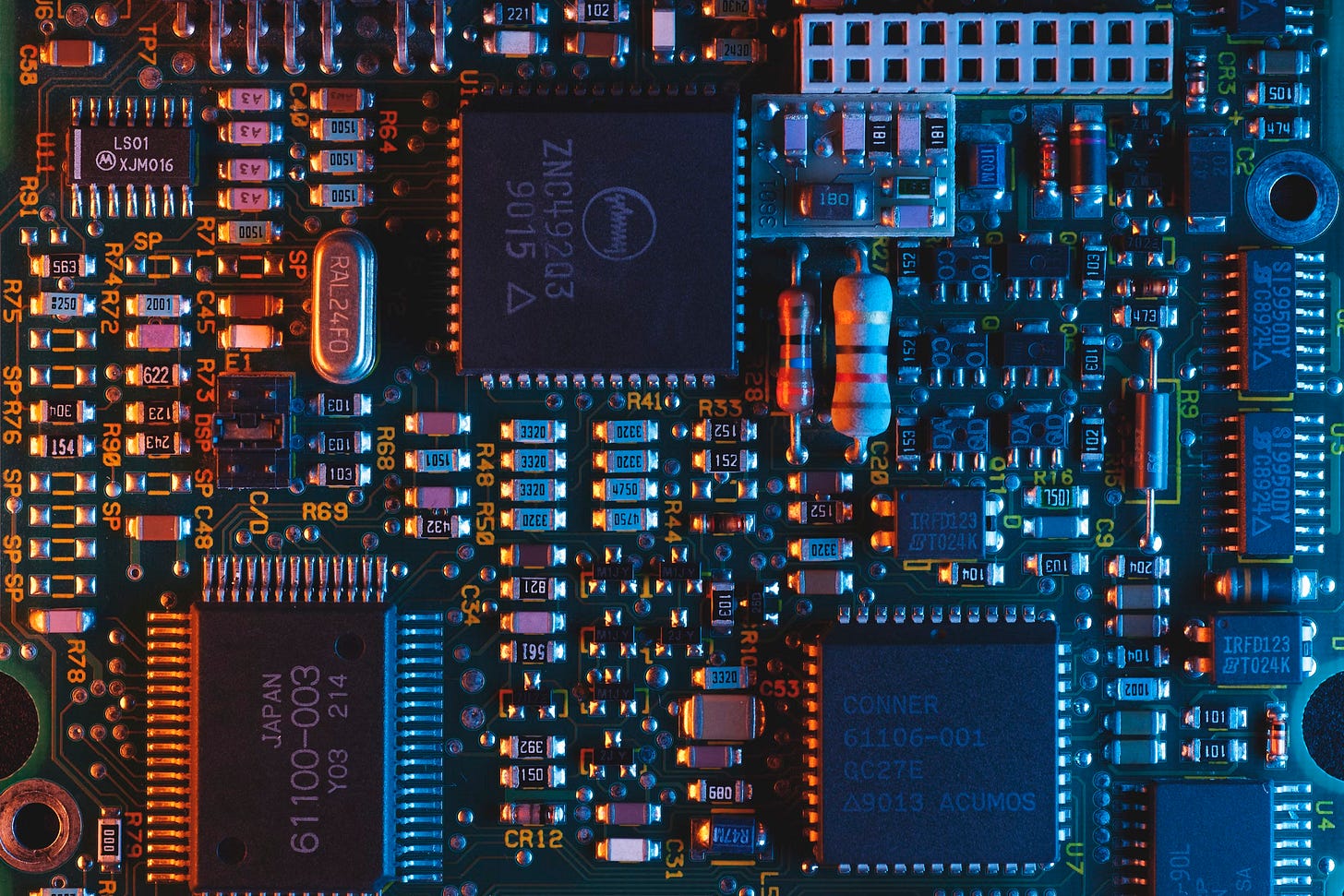Seizing the means of production
Control the compute, control the future
There’s an idea I can’t stop thinking about: control the compute, control the future.
Karl Marx taught us in 1867 that those who control the means of production control the future. Throughout the 20th century, the factory was the furnace of economic power, and the bourgeoise were those who owned the machines within.
Since the mid 1950’s the office gradually replaced the factory, fading workers’ collars from blue to white, and filling the pockets of shareholders along the way.
In 2025 the means of production are no longer smokestacks nor spreadsheets. Today, they’re GPUs, propriety models, training data, and the torrents of electricity that run them.
The arms race is on. Open AI, Microsoft, Meta, Amazon, X, and a handful of Chinese counterparts are not merely competitors - they’re landlords of tomorrow’s economy.
Labour (or more specifically ‘human capital’ for the purists reading), once central to value creation, is becoming peripheral. The marginal cost of reproduction—for code, copy, even R&D cognition—is near zero.
AI model development has every sign of being a winner takes most style market. Building a LLM currently features:
High fixed costs: training large models can cost well over USD $100m.
Network effects: plugins and APIs enforce uniformity across services.
Exclusive partnerships for distribution: immediate access to to hundreds of millions of existing customers (think Grok on X, or Meta AI via WhatsApp).
Lock-in is inevitable. The firms that control these models do not just sell services, they set terms. Building new modern day technology products already relies on the infrastructure of these select companies. This is not mere licensing, it is feudalism by API.
I’m certain this time really is different. The origin stories of Facebook, Amazon, and Google, whereby a savvy founder from humble beginnings makes it big with a grand idea and a truckload of conviction — will not be repeated in the AI economy.
Instead, the model owners will ‘take most’, with everyone else set to scrap over ‘layer 2’ products applications. We saw similar developments in crypto and web3. The layer 1 blockchains - namely Bitcoin and Ethereum) have lasted the test of time and appreciated significantly, whereby the layer 2 protocols and products have been frothy… at best.
Keeping with the trend of Russian economic thinkers: What is to be done?
The ship has largely sailed on genuine competition. Incumbents are rapidly approaching the point where their R&D can generate further R&D autonomously. The window to compete on ‘layer 1’ AI models is effectively closed.
Perhaps unsurprisingly, governments are playing catch-up. Their regulatory instinct are rooted in past paradigms: consumer harm, misinformation, job displacement. But if they are serious about AI, they must think like Marxists, not moralists.
That brings us to the question of ownership. Public companies owning models (Alphabet, Meta, Amazon to name a few) have in-built checks and balances for governance and consumer safety. Crucially, they distribute value across broad shareholder bases.
Private companies — OpenAI, Anthropic, Stability AI — operate in far murkier waters. With few constraints and almost zero transparency, they hold an unprecedented amount of power unlikely to be challenged soon.
After all, those who control the compute will control the future.



So wrong. Smokestacks mean actual jobs. Yours is the same rhetoric when they rationalized shipping all the factories to China and we were supposed to become a service economy. I'm assuming you weren't around then.